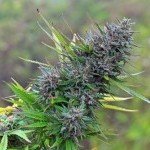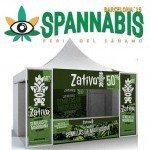Don't have an account?
Register NowYou have to add to cart at least 5 bottles or any program to make checkout.
- BlogThe 5 Strongest Psychedelics
The 5 Strongest Psychedelics
Published: September 30th, 2022
Categories:
News
Of all the drugs in the world—natural and synthetic—some of the most powerful belong to the category of psychedelics. If you’re reading this article, chances are you have some basic knowledge of psychedelic substances. But do you know how they stack up when it comes to potency? Though each one is undeniably unique, below we rank the top 5 most potent psychedelic substances in the world. Looking at their effects, we aim to give you a picture of just how powerful—and distinct—each of these drug experiences can be.
LSD
Even non-drug-users are familiar with the term “acid”, or LSD (lysergic acid diethylamide). A bit of backstory: it came into existence in 1938 when it was synthesised by Albert Hofmann, and was originally used as a trial drug for military research. The objective, back then, was to see if it could, in some way, serve as a skill enhancer for soldiers.
Eventually, LSD grew in popularity as a recreational drug in the 1960s and 70s. Its popularity began to wane in the mid-70s, but it is still used to this day for mind-altering purposes.
LSD is deemed one of the most potent psychedelic substances around. At concentrations of just 25 micrograms, users already report feeling as though they’re in a different plane of existence. Acid usually comes in the form of a small piece of blotter paper, which you place under the tongue. Another option is to literally drop the LSD directly on the tongue using a dropper.
As far as its perceived impact, LSD is known to induce strong visual and auditory effects. In lower doses, the hallucinations aren’t full-blown, and users may experience general euphoria and heightening of the senses, akin to a psilocybin (magic mushroom) experience. In large doses, however, LSD is known to bring about overwhelming and even terrifying experiences. People who have taken “heroic doses” of LSD speak of being trapped in their own thoughts while at the peak of their trip.
While research shows that LSD can result in an “enhanced capacity for introspection”, it’s also known to induce nausea and a reduction in motor activity, especially when taken with other substances. However, it isn’t known to be chemically addictive.
DMT
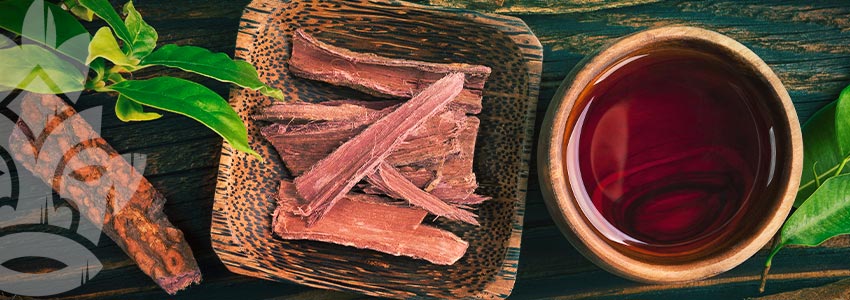
If you’re encountering DMT for the first time, it’s important to know that there are two types: N,N-dimethyltryptamine (DMT) and 5-MeO-N,N-dimethyltryptamine (5-MeO-DMT). The former is a molecule found in various plant and animal species, and is one of the main ingredients in the ayahuasca brew. DMT can also be created synthetically in a lab, and is often vaporized for a short but extremely intense trip.
The second type, 5-MeO-DMT, is a rarer form that is less abundant in nature. Like the first type, this DMT is also used in ritual and ceremonial settings. In modern clinical practices, it is usually combined with ibogaine in trials related to addiction.
There’s a reason why DMT is number two on this list. Like LSD, it is considered one of the most (if not the most) potent psychedelics known to man. And while it also isn’t known to be addictive, there is significant likelihood of a traumatic experience.
Just like any other powerful substance, DMT’s effects vary depending according to the dose. At the lowest level of N,N-dimethyltryptamine, users will experience strong, palpable hallucinations, whether open or closed-eye. When taken in high doses, DMT is purported to have the ability to make users feel like they are in an entirely different universe. Some even claim to have the ability to communicate with supernatural beings.
As for 5-MeO-DMT, the influence is said to be even more dramatic. Some users liken it to a near-death experience, but much more research on this compound is needed to understand its full pharmacological influence.
Mescaline
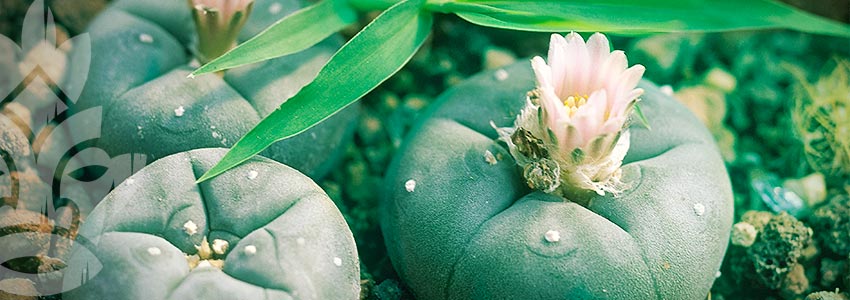
Those who have read The Teachings of Don Juan are likely familiar with mescaline. Thanks to this book, the cactus-based psychedelic went from being known exclusively in Central and South America to being recognised in Europe and North America.
Mescaline is found in cacti such as peyote, San Pedro, and Bolivian torch. It is usually compared with psilocybin mushrooms, but deemed to have a much stronger “kick”. And unlike a psilocybin trip, users say that mescaline induces a deeper feeling of detachment between the mind and body, in the best way possible.
Just like with DMT, distortion in visual, mental, and auditory functions may occur under the influence of mescaline. This includes both open and closed-eye visuals. The mescaline high also brings forth introspection and philosophical thinking. And while these thoughts come and go quickly, it is said to be the perfect substance if you want to do some mental spelunking, as it were.
Mescaline is recommended to be taken in large, open spaces. Doing so in a confined area tends to make users feel restricted.
Salvia
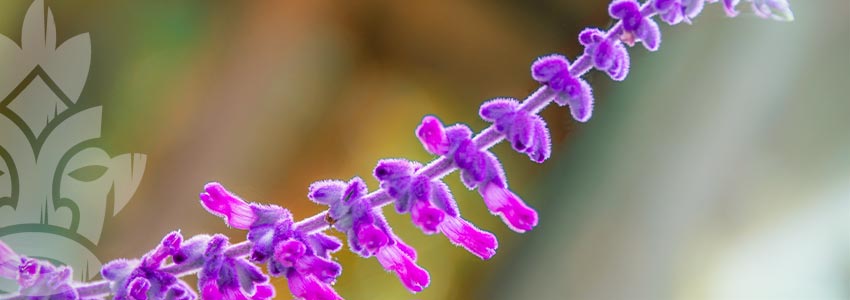
Upon first glance, it may look like a clump of sage leaves, but salvia (aka Salvia divinorum) is a highly powerful psychedelic that’s also relatively accessible to the general public. Yes, you read that right. Unlike cannabis, salvia is federally legal in the United States.
With its roots tracing back to the mountains of Oaxaca, Mexico, this plant is usually smoked like marijuana, but its effects are more akin to LSD and ecstasy—though they are ultimately very distinct. You will feel the impact after just a few puffs, and though it won’t last long, it will be extremely powerful.
What makes salvia different from the other psychedelics on this list is that its high is known to be less pleasant. Apart from the expected visuals and separation from reality, users report feeling as though they are rushing toward something or moving at high speeds. Salvia’s hallucinogenic effects are more like a trance, which may bring about a heavy uneasy feeling. Dysphoria (aka a deep state of discomfort) is also common.
If you’re a first-time user, be sure to go low and slow with salvia. Despite its seemingly “harmless” look from the surface, it’s never to be taken lightly.
MDMA
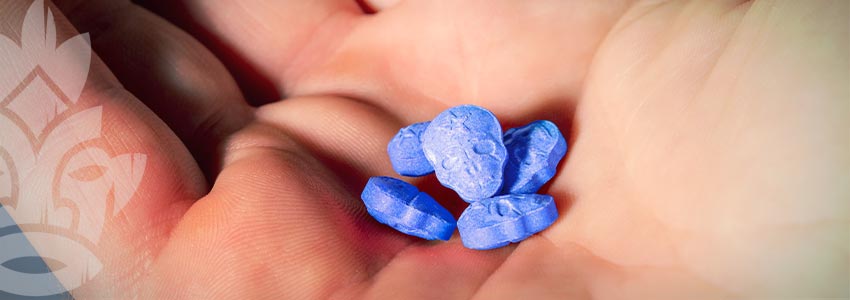
There’s a reason MDMA is the last item on this list; mainly that it isn’t considered a classical psychedelic. Some would classify it as a stimulant, though in reality it’s a little bit of both.
In the modern day, MDMA is more popularly known as “molly”, or ecstasy when consumed in tablet form. It came into existence in 1912 when it was developed for therapeutic purposes, but grew in popularity in the 1960s and 70s, and remains popular to this day.
What also sets this substance apart from the other psychedelics on this list is that, at moderate doses, MDMA doesn’t induce hallucinations. Rather, it has a significant effect on one’s emotions, resulting in an elevated mood and euphoria, or ecstasy—hence the name. Feelings of happiness and empathy are heightened, and the slightest physical touch can feel electric. Everything feels as though it’s at its peak, including the visual and auditory senses.
When taken in higher doses, MDMA can indeed bring forth full-scale hallucinations, which may border on a psychotic episode. In this regard, it is deemed to be a much more potent substance compared to other known psychedelics.
With this in mind, another thing to note about MDMA is its potentially risky, even fatal, consequences. Users may experience elevated blood pressure, heart rate, and body temperature, which is why many people who take MDMA feel the need to constantly hydrate. Others may go through episodes of jaw grinding or clenching. In worst-case scenarios, seizures and even death may occur on high doses.
On the mental side, MDMA can cause a harsh comedown in the days that follow the peak effects. Some who have taken it habitually also note experiencing deep exhaustion, and, at times, depressive episodes. Long story short; mind your MDMA doses. When taken in a moderate dose, the effects are suitably milder.
Not All Psychedelics Are Created Equal
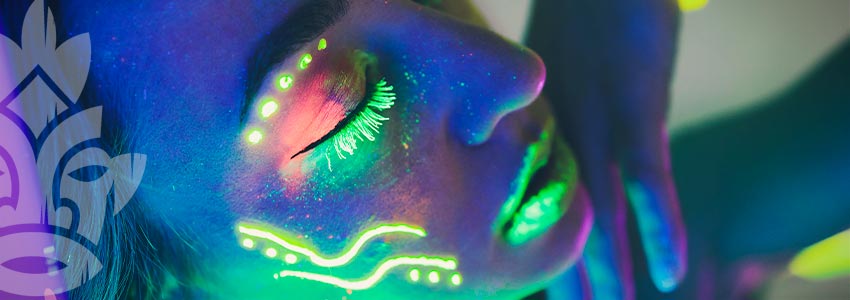
Now that you’re familiar with the effects and general characteristics of the 5 strongest psychedelics, it’s clear that each one offers its own distinct experience. While every item on this list is known for its potency, the influence varies widely.
So if you intend to experiment with any of these substances, make sure to proceed with caution, and do your due diligence in terms of research and preparation. Set and setting is a crucial aspect of the psychedelic experience, and goes a long way to enhance the impact of each substance. Furthermore, perhaps most importantly, make sure to start with a low dose of a given substance to see how you get on before increasing.
Psychedelics don’t have to bring a nightmarish experience—on the contrary! It can be eye-opening and cleansing. All of that negativity can be avoided if they are mindfully consumed.



